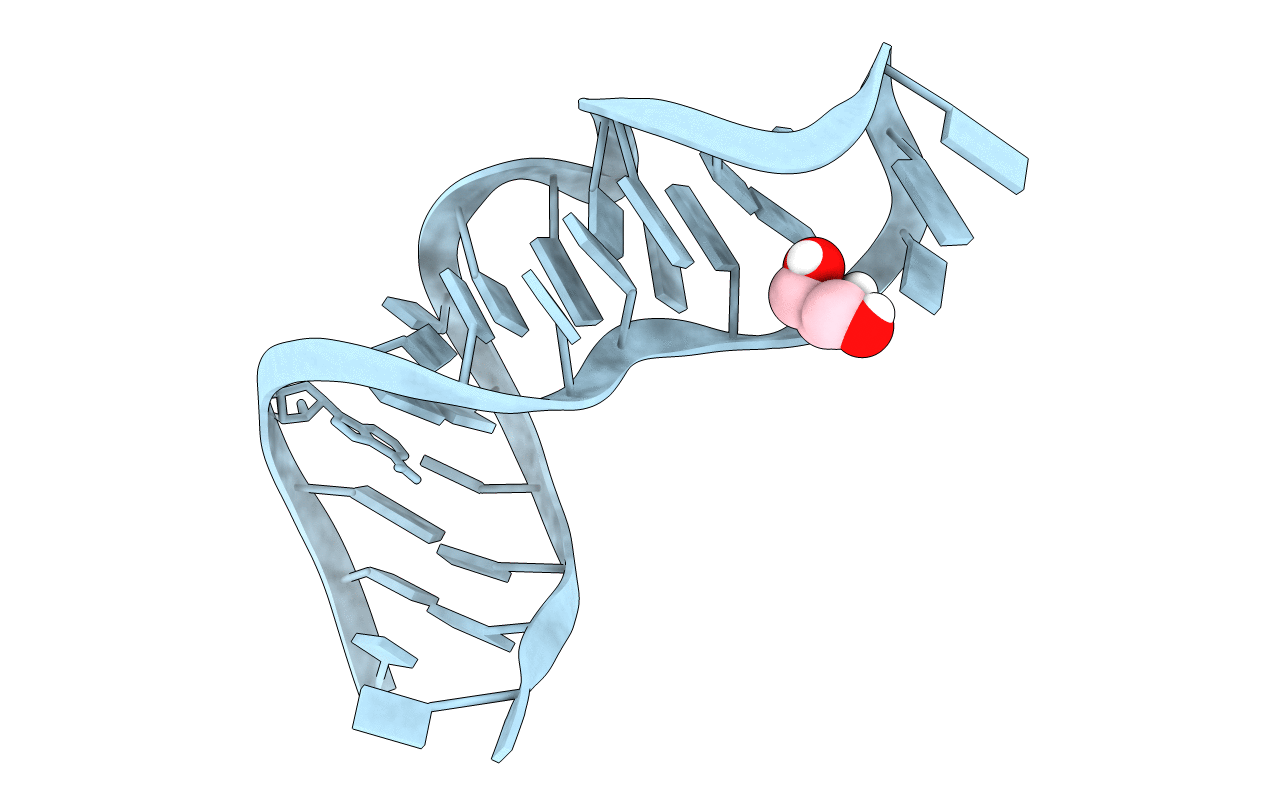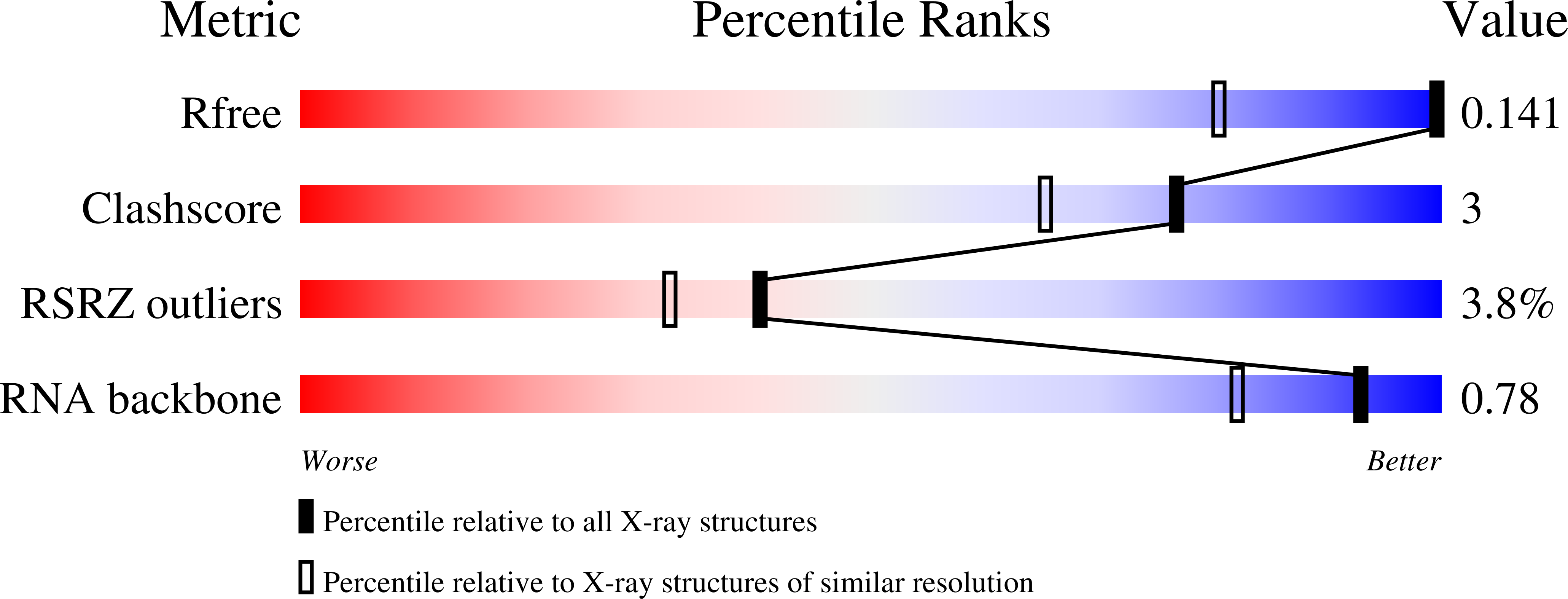
Deposition Date
2020-12-18
Release Date
2021-05-05
Last Version Date
2023-10-18
Method Details:
Experimental Method:
Resolution:
1.01 Å
R-Value Free:
0.13
R-Value Work:
0.12
R-Value Observed:
0.12
Space Group:
P 43


